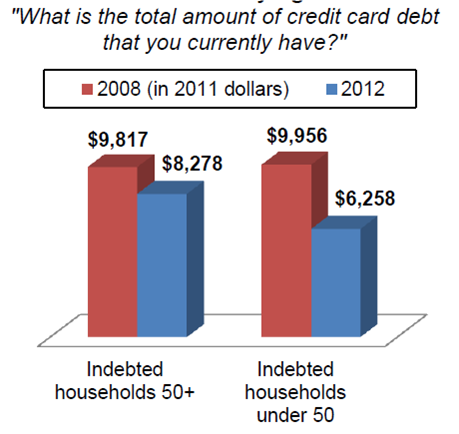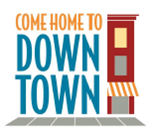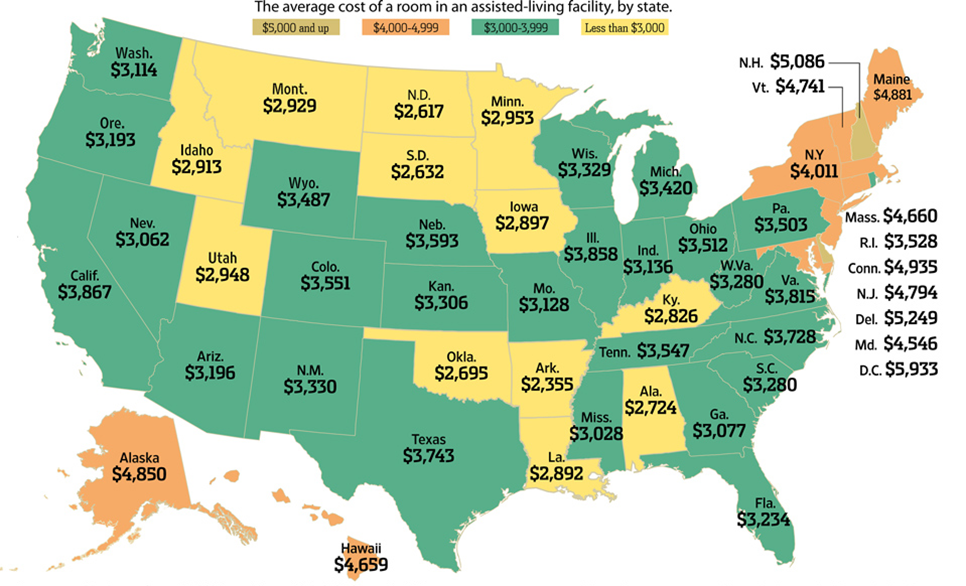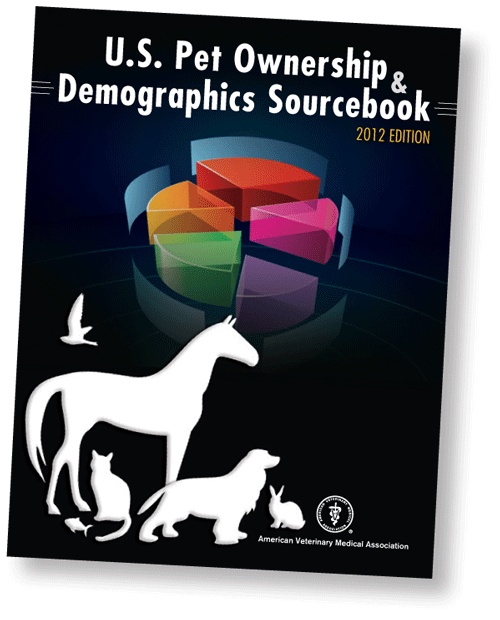Connecticut Ranks #25 in Homelessness, Federal Data Shows
/Connecticut ranked #25 in the nation in state-by-state comparisons of the homeless population in emergency and transitional shelters in each state, according to data compiled by the U.S. Census Bureau and reported in the AARP Bulletin. Earlier this week, The Hartford Courant reported that “volunteers and social service workers roved the streets for the U.S. Department of Housing and Urban Development's national ‘point in time’ homeless census, which provides more up-to-date data to consider along with the 2010 census data that was the basis of the state comparisons.
Mandated at least every other year, the ‘point in time’ count helps advocates and housing officials analyze trends in homelessness, determine who stays in the shelters and gain insight into why, despite a stronger government push to combat homelessness, people remain out in the cold, the Courant reported.
About 4,210 homeless people lived in the state in 2012, including men, women and children in emergency shelters and transitional housing, federal data show. Among the nearly 770 reported homeless in Hartford — the biggest homeless population of the state's urban centers — 141 were children, according to a report released Wednesday by the Connecticut Coalition to End Homelessness.
Latinos are overrepresented among clients using the state’s many homeless shelters, and they tend to be much younger, according to coverage of the report by ctlatinonews.com. “While Hispanic/Latino persons represent only 12.3% of the Connecticut population, they comprised 28 percent of all emergency shelter and 23 percent of all transitional housing clients.
“They also tended to be younger. The most common age of Hispanic/Latino emergency shelter clients was between 18-29 years old (29 percent), while that of non-Hispanic/Latino clients was 40-49 years old (31 percent).”
“Connecticut’s emergency shelters alone served 11,700 people, including more than 1,500 children. The number of people in shelters and transitional programs at any given point in time increased 3% from 2009 to 2010, while shelter bed usage has exceeded 100% during all of 2010 and much of 2009. While collectively we may have slowed the rate of growth in homelessness over time, the numbers continue to increase,” the report said.













 volunteered through an organization, an increase of 1.5 million from 2010. Americans volunteered a total of almost 8 billion hours, an estimated economic value of roughly $171 billion. A majority of Americans assisted their neighbors in some way and more than a third actively participated in a civic, religious, or school group.
volunteered through an organization, an increase of 1.5 million from 2010. Americans volunteered a total of almost 8 billion hours, an estimated economic value of roughly $171 billion. A majority of Americans assisted their neighbors in some way and more than a third actively participated in a civic, religious, or school group.


























